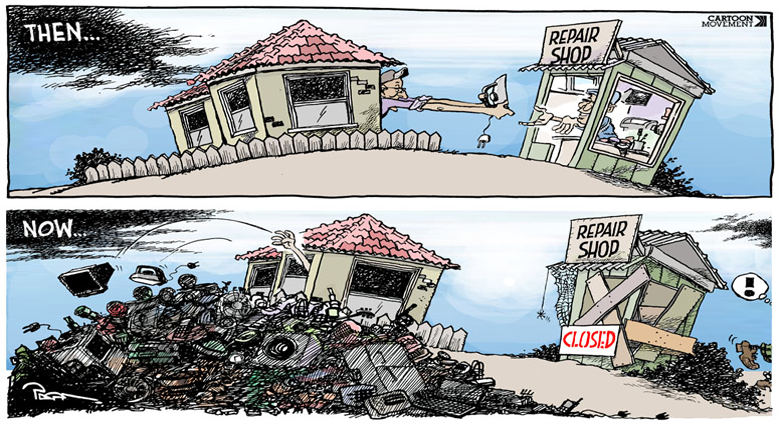I think Yogi Berra was talking about leadership when he spoke of the difference between theory and practice. “In theory”, he said, “theory and practice are the same but in practice they are different”. That’s because in practice you add people. Adding people makes it anything but simple.
Leadership is similar. In theory, it’s simple: focus people with a vision, strategy and plan, and then inspire them, as individuals and teams, to implement that vision and change the world. It’s simple until you add people. Adding people, like with theory, makes it anything but simple. A minority will be with you automatically. A few will be way out in front and wondering why you’re so slow getting to where they already are. Some don’t want to be inspired, others are incapable of working as part of a team, more see themselves as here temporarily, elsewhere soon. Initially, many will not have assimilated a vision as theirs. A few always will be parasites on the good work of others. Some, hopefully very few, just don’t belong. Its complicated. Often tough.
Give credit when things go well, thank those who have made that happen, recognize them in front of and with those with whom they work.
Leadership is all about people.
We in the Canadian Forces realized that Canada’s sons and daughters were key to success. Our best weapons didn’t roll on wheels or rumble on tracks – they walked in combat boots. Leadership is about people. Use your energies, abilities, education, training, common sense, tools of the trade and anything else you can to win them over and you’ll be ok as a leader. That is step one - win the hearts and minds of those who you want to follow you. I learned that lesson very early in life. Mentored by a non-commissioned officer, one of our unsung, great leaders, with so much more experience than me, I got it. He said, “sir, you get my body because you pay for it, my mind you get for free. However, if you want me to bring my mind to work with my body, you’ve got to fill me with piss and vinegar so that when I get up in the morning, I want to come to soldier with you and change the world.”. I never forgot it. Win this first and most important battle. Job #1.
Create a team that people want to join.
Make it a team that they’ll even fight to join. When they’re applying, make sure you meet with them, be identified as the leader who takes an interest, and if there’s a delay between their application and onboarding, reach out to them, more than once if necessary, and let them know what’s happening; that they’re not forgotten and what will come next. Use this to start becoming their leader of choice. They must see you as a real person, an individual who is interested in them, getting to know them and is welcoming them to the team. This is leader business, not the work of staffers. Build a relationship early. When they do join the team, welcome and introduce them. Bring them into the fold. They’ll be uncertain, nervous and perhaps even downright scared, so give them that warm welcome, confidence that it’s going to be great and they’ve found their niche. Onboard well.
Make sure they’re trained and equipped to do the job you’re asking them to do. Get it right. Training is crucial and includes an educational component – what is that vision, what does it mean, how does the strategy lead into the plan and what are the team’s priorities? That is how most of us understand how to put our shoulder behind the crucial things that need to get done on an hourly basis. That’s part of the curriculum. Equipping them with what’s necessary to be successful is essential to confidence, initiative and independent action. Your actions as a leader in this will speak loudly. Whether it’s a cell phone, a laptop or a fighter jet, make sure they’ve got what’s needed. Train and equip.
Get to know their circumstances, personalities, strengths and weaknesses. Make sure you know their family situation to the extent possible, so that if necessary, you can help if help is needed. Families have a powerful vote over how a man or woman performs at work and whether they stay with a team or not. Simple compassionate caring, a modicum of support and an interest goes a long way to make that family feel valued, supportive and willing to stay for the long haul, even if there are tough times. Remember the families.
Communications are critical, perhaps your centre of gravity as a leader.
If you want people to continue to follow you they have to believe that they’re valued, important, key to achieving things, recognized and influential. Yes, you use words, briefings, social media, newsletters, promotional materials and more to achieve this, but most important of all are your actions! How you talk, interact with people, treat individuals and what you deliver is telling. As a leader, you live in a fishbowl and your actions, however minor, will be seen and judged. If you talk one way, act another, promise but don’t deliver, treat others arrogantly while talking about respect, you will fail. Synchronize your vision, plans, words, values and interpersonal skills so they are complementary. There is no such thing for example, as situational ethics. Acting one way at work and another in your private life will catch you out and cause you to fail. Actions talk, bull walks.
Give credit when people do well. Don’t be like so many who run to the podium to seize the limelight, look important and grab the credit. Watch them grow two feet taller, work more and contribute so much more. Give credit when things go well.
Things will go wrong. When they do, don’t blame. Accept responsibility, lead the initiative to discover why, and then use it as a learning opportunity to improve everyone and reduce the probability of the failure reoccurring. A church in Vancouver that I passed frequently had consequential messages on a sign out front. The one I remember was: “Praise Loudly, Blame Softly”. Remember that.
Spend your time as a leader supporting and leading the 95% of the people who make you successful.
Last thoughts for now. Don’t get sucked into spending all of your time looking after the one, two or three people in the team who are nothing but trouble. Those who don’t want to be there articulate it by their actions every day. Mentor them, counsel them, bring them along if you can, but after a second or, at most third occasion where they’ve not responded (as evidenced by their actions), fire their butts out the door. If you don’t, you as the leader are sending a clear message to those who work so hard to help you realize the vision. You’ve told them, by your actions, that those holding the team back and sucking the energy out of the group get you support. Not them, who make you successful. Spend 95% of your time leading and supporting those who get it done. Cut out the deadweight.
When all else fails as a leader, go back to point one: it’s all about people and winning their hearts and minds so they follow you. When they bring their mind to work with their body each day, you can’t go wrong.





.png)




What Did You Think?